Buy the photo Damrak in the evening by Jeroen de Jongh Photography on canvas, ArtFrame, poster and wallpaper, printed on demand in high quality.
About "Damrak in the evening"
by Jeroen de Jongh Photography
About the artwork
The Damrak in Amsterdam is a street and a water between Dam Square and Central Station.
Originally the Damrak was the part of the river Amstel between the Dam and the IJ. Via a lock at the Dam the river flowed from the Rokin into the Damrak and then flowed into the IJ. This was part of the old port of Amsterdam. Where Central Station is now located, there was a row of bollards in the IJ, to which larger ships could moor. The quay, which only runs on one side of the water, was called "Op 't Water" until the second half of the 19th century. In the 19th century southern parts of the Damrak were filled in. Between 1845 and 1903, where the Beehive now stands, stood the Beurs van Zocher.
The Damrak is part of the route that should give the traveller a first impression of the city after leaving the station. This route, which is called the 'Red Carpet', runs from the Central Station over the Rokin, the Muntplein, the Vijzelstraat/gracht to the Weteringcircuit. At the Damrak there are many tourism-oriented shops, hotels, and (fast food) restaurants. Several alleys connect the Damrak with the parallel busy shopping street the Nieuwendijk. On the cushioned part of the Damrak, at the Beursplein, are the Beurs van Berlage, the Stock Exchange and De Bijenkorf.

About Jeroen de Jongh Photography
I'm Jeroen, and I'll spare you the long introduction. ;) If you're looking for a landscape photo for your wall, you've come to the right place... Read more…
 Netherlands
Netherlands Ordered in May 2025
Ordered in May 2025
 Netherlands
Netherlands Ordered in October 2023
Ordered in October 2023
 Netherlands
Netherlands Ordered in March 2024
Ordered in March 2024
 Netherlands
Netherlands Ordered in May 2021
Ordered in May 2021
 Netherlands
Netherlands Ordered in November 2020
Ordered in November 2020
 Germany
Germany Ordered in July 2025
Ordered in July 2025
 Germany
Germany Ordered in March 2019
Ordered in March 2019
 Netherlands
Netherlands Ordered in April 2019
Ordered in April 2019
 Netherlands
Netherlands Ordered in September 2020
Ordered in September 2020
 Netherlands
Netherlands Ordered in July 2024
Ordered in July 2024
 Germany
Germany Ordered in February 2019
Ordered in February 2019
 Netherlands
Netherlands Ordered in May 2021
Ordered in May 2021
About the material
ArtFrame™
Interchangeable Art Prints
- High-quality print
- Easily interchangeable
- Acoustic function
- Large sizes available
Discover the artworks of Jeroen de Jongh Photography
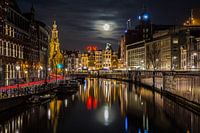 Full moon at the flower marketJeroen de Jongh Photography
Full moon at the flower marketJeroen de Jongh Photography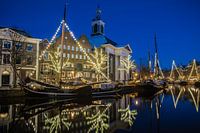 Lange HavenJeroen de Jongh Photography
Lange HavenJeroen de Jongh Photography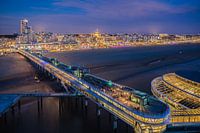 Scheveningen PierJeroen de Jongh Photography
Scheveningen PierJeroen de Jongh Photography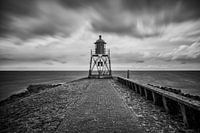 Lighthouse StavorenJeroen de Jongh Photography
Lighthouse StavorenJeroen de Jongh Photography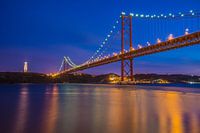 April 25th BridgeJeroen de Jongh Photography
April 25th BridgeJeroen de Jongh Photography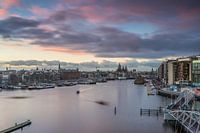 OosterdokJeroen de Jongh Photography
OosterdokJeroen de Jongh Photography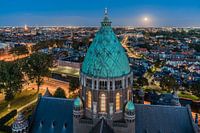 Climb to the lightJeroen de Jongh Photography
Climb to the lightJeroen de Jongh Photography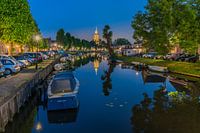 MonnickendamJeroen de Jongh Photography
MonnickendamJeroen de Jongh Photography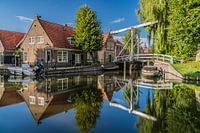 Zonnepad MonnickendamJeroen de Jongh Photography
Zonnepad MonnickendamJeroen de Jongh Photography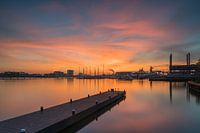 NDSM sunsetJeroen de Jongh Photography
NDSM sunsetJeroen de Jongh Photography Mill de Vlinder on a misty morning in the BetuweJeroen de Jongh Photography
Mill de Vlinder on a misty morning in the BetuweJeroen de Jongh Photography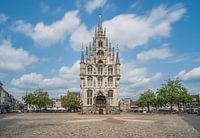 Town Hall of Gouda at the MarketJeroen de Jongh Photography
Town Hall of Gouda at the MarketJeroen de Jongh Photography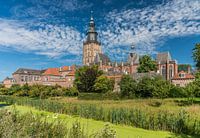 Swans at the skyline of ZutphenJeroen de Jongh Photography
Swans at the skyline of ZutphenJeroen de Jongh Photography Quiet autumn morning in the park of Groeneveld CastleJeroen de Jongh Photography
Quiet autumn morning in the park of Groeneveld CastleJeroen de Jongh Photography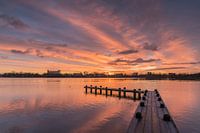 Magical sunrise at the Amstelveense PoelJeroen de Jongh Photography
Magical sunrise at the Amstelveense PoelJeroen de Jongh Photography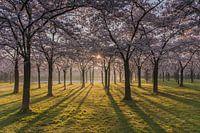 Sunrise in the cherry blossom park of the Amsterdamse BosJeroen de Jongh Photography
Sunrise in the cherry blossom park of the Amsterdamse BosJeroen de Jongh Photography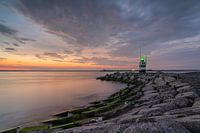 Sunset at the IJmuiden PierJeroen de Jongh Photography
Sunset at the IJmuiden PierJeroen de Jongh Photography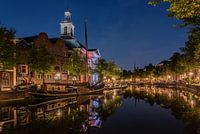 Peace and quiet at Schiedam's Lange HavenJeroen de Jongh Photography
Peace and quiet at Schiedam's Lange HavenJeroen de Jongh Photography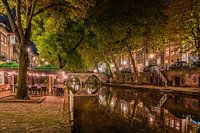 Having a drink along Utrecht's Oudegracht canalJeroen de Jongh Photography
Having a drink along Utrecht's Oudegracht canalJeroen de Jongh Photography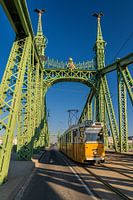 Tram 47 passes over the Freedom Bridge in BudapestJeroen de Jongh Photography
Tram 47 passes over the Freedom Bridge in BudapestJeroen de Jongh Photography
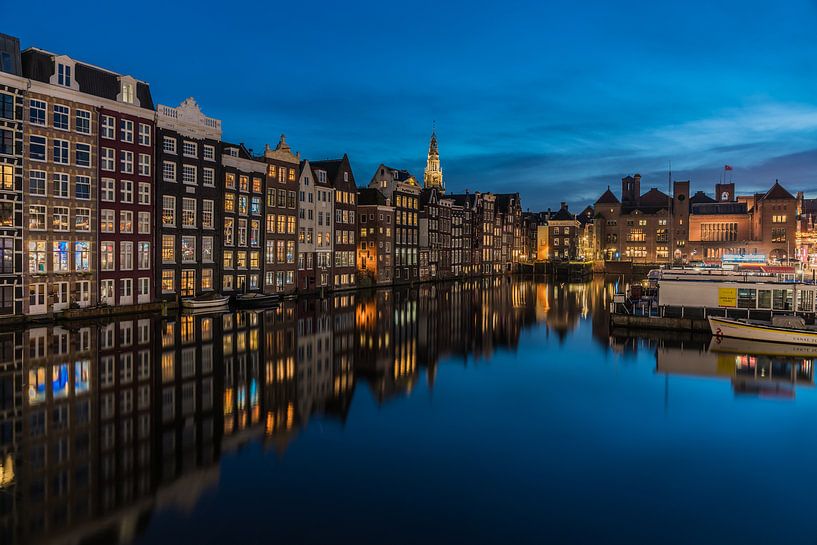


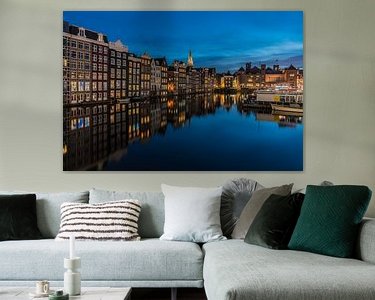


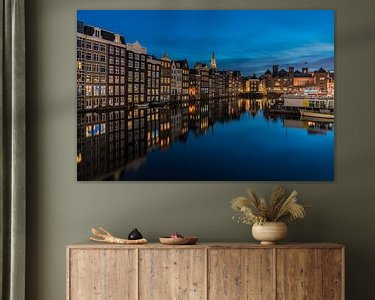

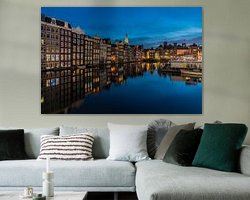

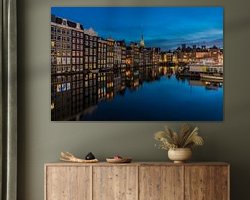


 Amsterdam
Amsterdam Blue hour
Blue hour Canal house
Canal house City centre of Amsterdam
City centre of Amsterdam Europe
Europe North Holland
North Holland Old church
Old church Photo wallpaper
Photo wallpaper Photography
Photography Reflections
Reflections Romantic Moments
Romantic Moments Serene Peace
Serene Peace The Netherlands
The Netherlands









